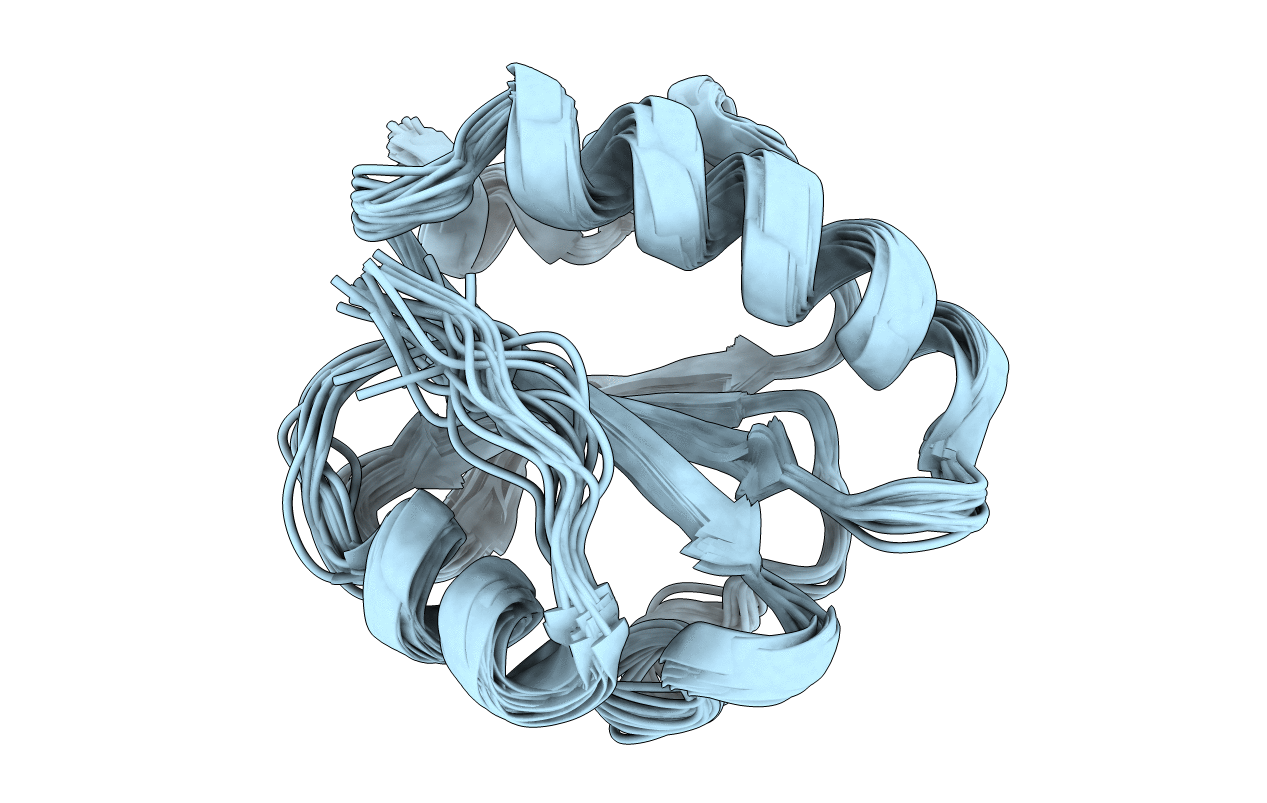
Deposition Date
2003-12-05
Release Date
2004-06-22
Last Version Date
2024-10-30
Entry Detail
PDB ID:
1RQM
Keywords:
Title:
SOLUTION STRUCTURE OF THE K18G/R82E ALICYCLOBACILLUS ACIDOCALDARIUS THIOREDOXIN MUTANT
Biological Source:
Source Organism:
Alicyclobacillus acidocaldarius (Taxon ID: 405212)
Host Organism:
Method Details:
Experimental Method:
Conformers Calculated:
100
Conformers Submitted:
20
Selection Criteria:
target function


